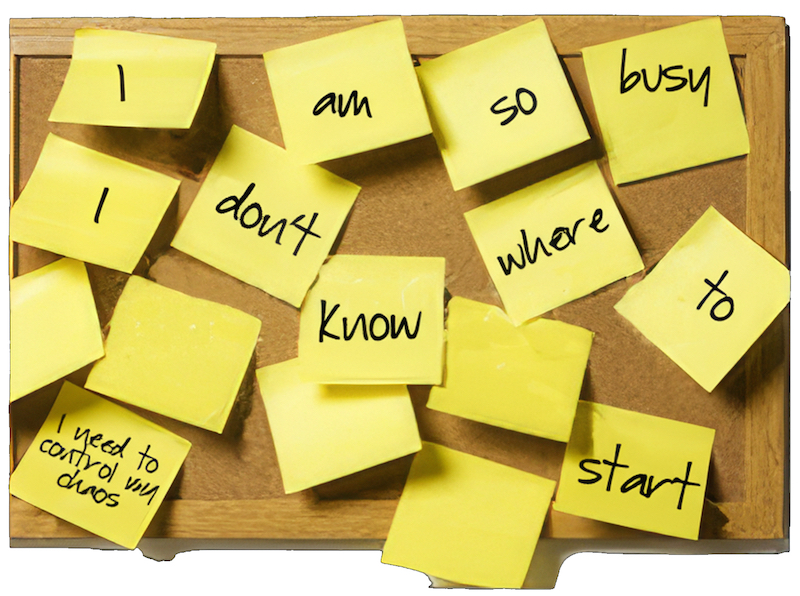
11 May Organizing the Chaos By Tracey Diefenbach, GPC
You are knee deep in a large government grant proposal and…
The executive director calls you on the way to another meeting and quickly ambles off a new strategy the agency will be embarking on that must be included in the proposal.
The finance person sends you an email with three new expenses to include in the budget.
As you are leaving a meeting with the evaluation team, you are told about a new assessment tool the agency will be implementing…
Wait, stop imagining! This is real life for grant professionals. We have all been here, and by here, I mean the point where a ton of information is being thrown at you. From the request for proposal (RFP) and grant guidelines to people’s thoughts and ideas, you have information coming from every direction, not to mention your own expert ideas and opinions. So, how do you even begin to prioritize and organize all of this information?
- Create an outline. Following the RFP or grant guidelines, create an outline with a header for each of the sections or questions that need to be addressed. If the questions are long or include multiple questions, I would cut and paste the language directly from the RFP into a comment box in my Word document to ensure I have captured all parts. If you do not have a RFP or specific guidelines, create a template with the sections that are typically requested by funders: need, project description, goals and objectives, timeline, evaluation, budget, and sustainability.
- Organize thoughts into sections using bullets. Start bullet pointing information under each of the sections. The goal is to capture all of the ideas, thoughts, and information thrown your way. And speaking of throwing, throw perfection out the door at this point. Do not worry about the ideas being perfect or fully flushed out. Forget about the grammar being correct or sentences being complete. Simply focus on catching and holding the information here in the outline.
- Review each section and prioritize bullets. Go back and reread the bullets under each section and start eliminating or expanding where you can. Start with the section where you have the most information or knowledge. Determine which bullets of information are most important to the grant. Keep in mind, you will want to align your project with the funder’s purpose. Look at things like priority areas and program requirements and determine what project ideas align and determine what is missing.
- Go to the source. You have done as much work as you can on your own and are now ready for more information. Unlike when you first started, you now actually know where to go for the info! Schedule phone calls and meetings to get to the people with the ideas and the authority to make decisions and implement the project. Through this process, you will be asking the who, what, when, where, why, and how’s of the project and identifying any holes or gaps.
- Write and repeat. Armed with new, expanded information and details you are ready to go back to writing. Just like you did in number three (#3), start with the sections where you have the most information. Make sure your project aligns with the funder’s purpose, priorities, and requirements and that there is a clear flow from one section to the next. For example, your activities, goals, and outcomes should tie directly back to your needs section. When you get stumped on a project idea, thought, or even just the sentence itself, add a comment noting why you are stuck and what additional questions or information you need. Repeat the cycle and go back to your source for clarification as needed.
- Review and assess each section. Ask yourself these questions:
- Have I addressed the question(s) outlined in the RFP or guidelines?
- Did I answer the who, what, when, where, why, and how?
- Have I highlighted priority areas or unique aspects that are important to the funder and those giving our organization a competitive advantage?
- Do the sections flow well and connect to each other?
By rereading each of the sections and examining these types of questions, you will identify any missing or misplaced ideas, concepts, and details, as well as eliminate useless or repetitive information.
Grant professionals will rarely receive information that is well-prepared and neatly organized. By following the above steps, we can get to a place where we can write and write well to ultimately get a YES!
Competency 9: Ability to write a convincing case for funding. Skill 02: Organize ideas appropriately.
